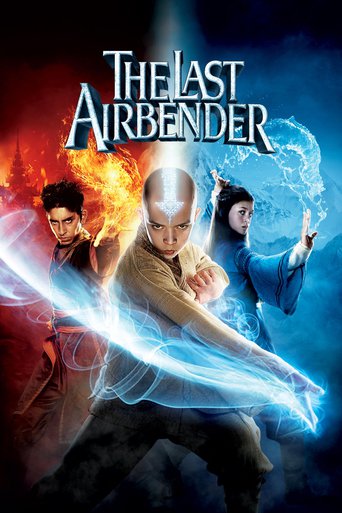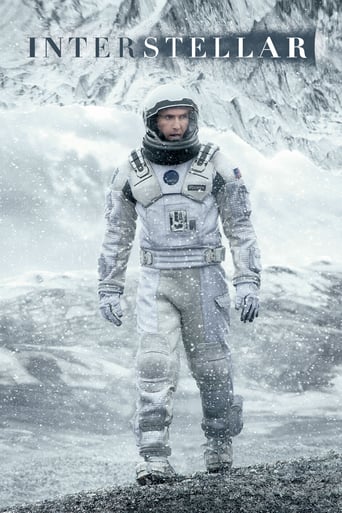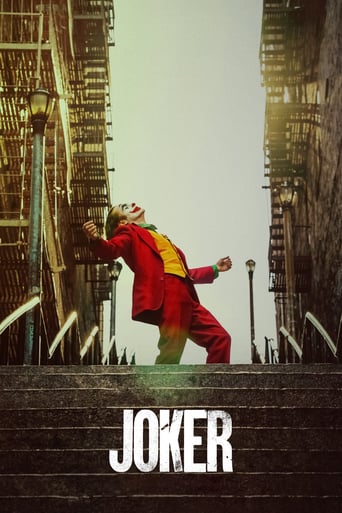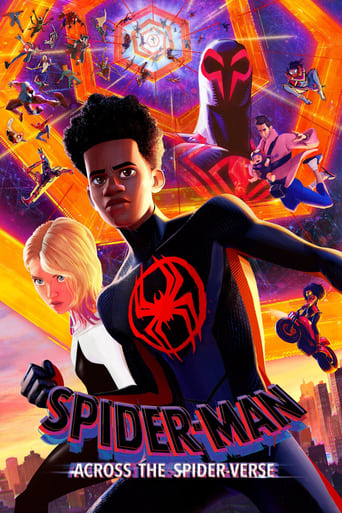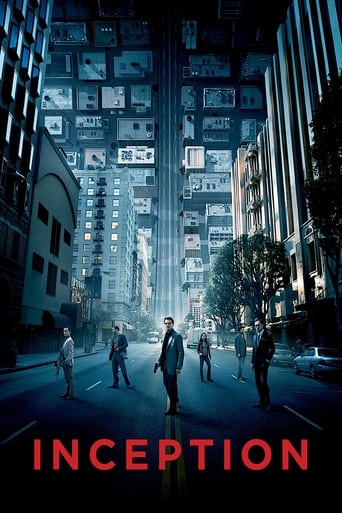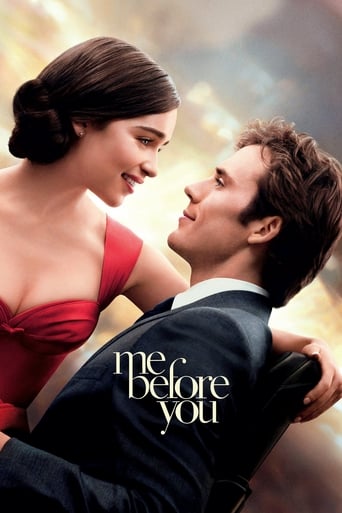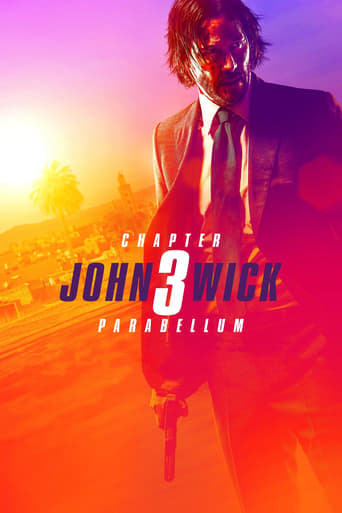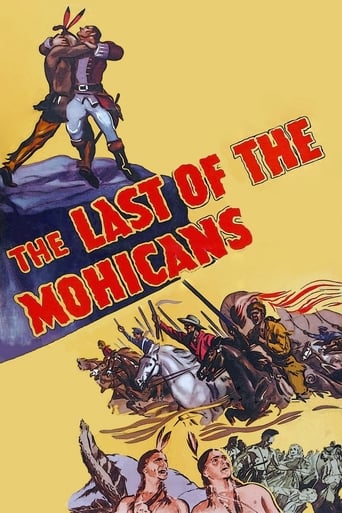


The Last of the Mohicans
The story is set in the British province of New York during the French and Indian War, and concerns—in part—a Huron massacre (with passive French acquiescence) of between 500 to 1,500 Anglo-American troops, who had honorably surrendered at Fort William Henry, plus some women and servants; the kidnapping of two sisters, daughters of the British commander; and their rescue by the last Mohicans.
-
- Cast:
- Randolph Scott , Binnie Barnes , Heather Angel , Henry Wilcoxon , Bruce Cabot , Phillip Reed , Robert Barrat


Similar titles
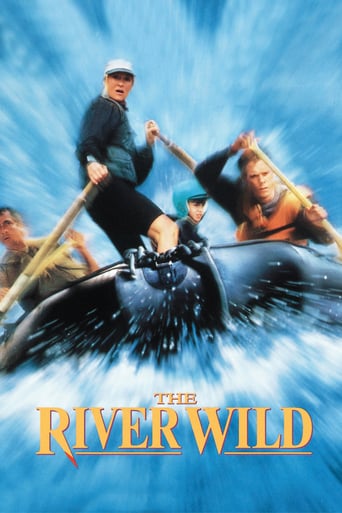
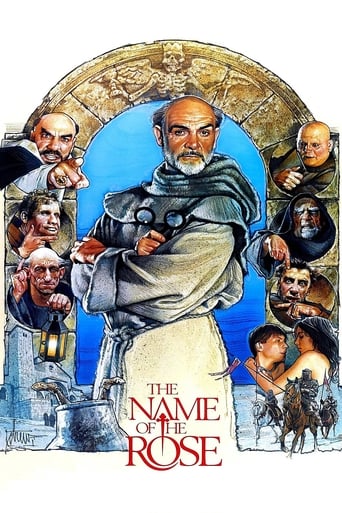
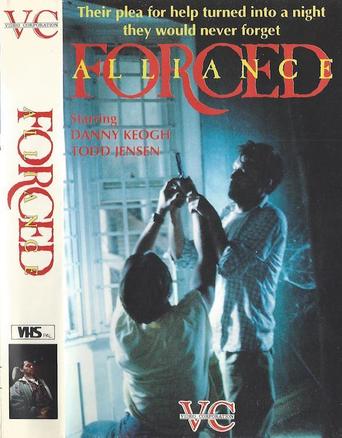
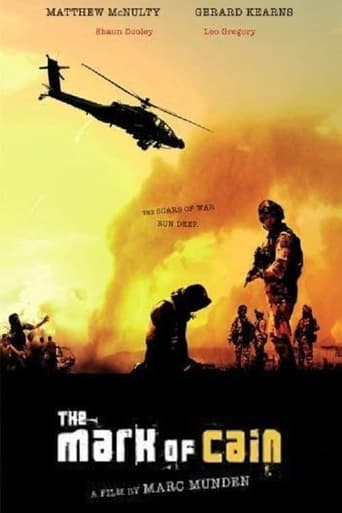
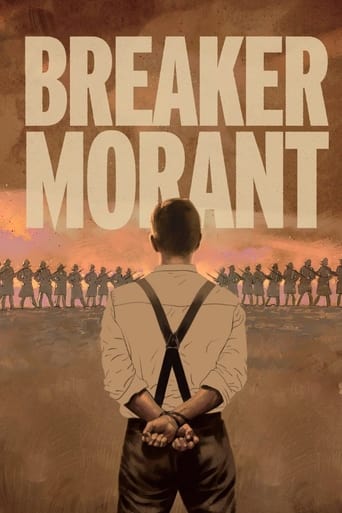
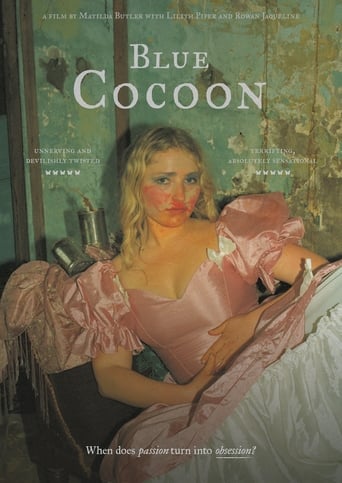

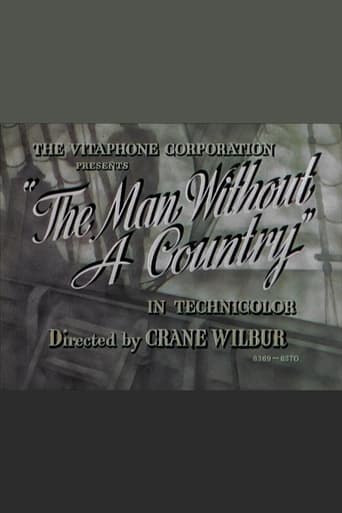
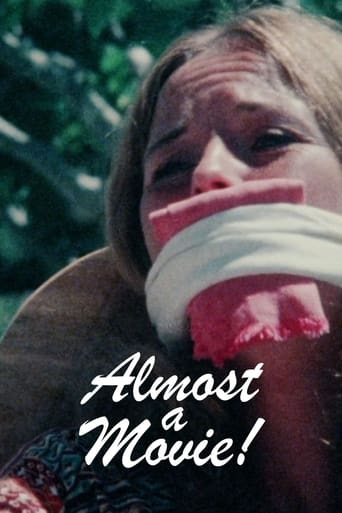
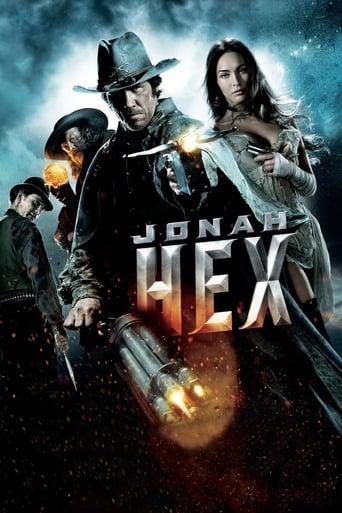
Reviews
I don't have all the words right now but this film is a work of art.
Good story, Not enough for a whole film
Admirable film.
At first rather annoying in its heavy emphasis on reenactments, this movie ultimately proves fascinating, simply because the complicated, highly dramatic tale it tells still almost defies belief.
In this version of James Fennimore Cooper's "The Last of the Mohicans" the central character, Hawkeye, is played by Randolph Scott. He's a scout for the English, who are at war with the French and their Indian allies, notably the Hurons.Hawkeye works with his two friends, Chingachgook and Uncas, who are the last living Mohicans. They would prefer to avoid the conflict and take care of their own business, but they are dragged into the intrigue by threats to the settlers in the area and, perhaps, by their interest in a couple of young women. The Huron, Magua, is an excellent villain, thanks to actor Bruce Cabot. And the ladies, Binnie Barnes and Heather Angel, are believable as the women who are the objects of much of the action. Randolph Scott plays Hawkeye as an affable fellow and exudes a certain charm.The title might be misleading for anyone not familiar with Cooper's thrilling tale, but it adds a sorrowful air. It also intimates the historic decimation of native Americans.Further adding to the enjoyability is the fact that most of the background story is historically accurate. The story is a classic.Personally, I prefer the 1992 version with Daniel Day-Lewis, primarily due to its greater feeling of urgency, mostly due to Mr. Day-Lewis. But this earlier version is excellent and, no doubt, served to inflame the emotions of many young viewers in its day.
The best part of this movie was how much Randolph Scott looked like Errol Flynn. The rest? Well, let's cut them some slack. After all, it was only 1936, the beginning of time as far as film making is concerned. The book is only a rough guideline for the movie. I won't get into spoilers, but if you've read the book, the plot line here will have you scratching your head saying, "What gives?!" This is typical Hollywood sentiment. The main thrust here is romance, not the strength of character of the novel's protagonists. Little, if any attention is paid to the ways of the Indian. While Cooper went to great lengths to describe their customs and living conditions, the movie just ignores that in favor of a couple of dreamed up romances. Typical of the times, there are no real Indians, either. While the same prejudice was shown in Charlie Chan movies, at least Warner Oland and Sidney Toler were enjoyable to watch. The ersatz Indians here just bring the proceedings down. I'm gonna watch the 1992 version next and I sure hope its a more authentic account of the time of the French & Indian War.
Based upon the one of the most popular novels of all time, written by James Fenimore Cooper, this story follows the battle between the colonists, the French, who have teamed with the Indians through the eyes of a white man raised by Indians (Randolf Scott) who now consider him one of their own.This movie is certainly not an epic classic. However, it's a fairly good time-waster.First of all, due to 1936 technology, it is sometimes hard to hear the actors when they are not near the microphone, or when they are facing away from the position of the microphone. Another problem was that it was painfully obvious that the majority of the outdoor scenes were obviously done on a soundstage.I was also not impressed with the majority of the cast. First of all, I felt little, if any, chemistry between all the major players. I also found many supporting cast members, as well as a few of the main cast, were just reciting their lines to each other. I just couldn't find most of the cast believable in their roles.There is very mild violence, with absolutely no blood. You get people shot on-screen, or struck with a tomahawk, but there was no amount of blood at all. However, this is because of the censors at the time. There is also no strong language. Parents should be aware that there is absolutely nothing in this film that is inappropriate for children. The closest thing they come to anything pretty violent is one fist fight, where they speed the film up for a second.The wardrobe is one of the few things that I liked in this movie. The costumes appeared to be authentic, from the period military uniforms to even the Indian clothing.As for the soundtrack, there really isn't one. You get music during the opening and closing credits, music during a party scene and an American classic sung by extras. However, I have seen other movies from this era, and they are similar with music.Even editing is poor in this film. Close-ups are poorly placed in scenes, and they are obvious.I really couldn't get into this movie, and I doubt you could too. Check it out on television only if there is absolutely nothing else on.
Two movies about early-frontier America were released in the autumn of 1936: "The Last of the Mohicans" with Randolph Scott and "Daniel Boone" with George O'Brien. Both were set in the years just prior to the American Revolution, both had Heather Angel in the cast, and both featured a romantic triangle involving a coonskin-capped frontiersman and a powdered-wigged dandy in love with the same woman. Though well over 65 years old, both movies still play well today for any audience that doesn't instantly recoil at the sight of, ugh!, black-and-white cinematography.Curiously, both movies have a scene in which the leading man is tied to a stake in an Indian village so that he can be burned alive. There are several similarities in these scenes -- both men appear bare-chested, for example -- but it's the differences in the scenes which are intriguing.Basically, the burning-at-the-stake scene in "Daniel Boone" is a masculine scene whereas that in "Mohicans" is a feminine scene. In "Daniel Boone," George O'Brien has a tough, virile look with scrappy hair and a tanned, sweaty torso. He wears his pants low enough to show off his navel. He doesn't go to the stake willingly and when the fire is lit, he struggles and kicks and squirms to avoid the flames.Randolph Scott, on the other hand, has a pale look to his skin and he never seems to sweat. He wears his pants high enough to cover his navel and his hair has been styled with marcel waves. He goes to the stake as a willing sacrifice and he never struggles against his bonds. Close-up shots of his face show him with the resigned, masochistic expression of a martyr in a medieval icon.Which scene is better? Probably that in "Daniel Boone" but it's largely a matter of taste. In both scenes, by the way, the leading man displays his manly torso but is allowed to keep his pants on. Apparently those Indians were big on agonizing tortures so long as they were conducted with proper modesty.Finally, note the rawhide straps which cross Randolph Scott's chest in "Mohicans." When first seen, they're positioned below his nipples but during the course of his ordeal they somehow manage to creep up his torso.(For the record, this scene of "Hawkeye" being tortured does not occur in James Fenimore's Cooper novel.)

